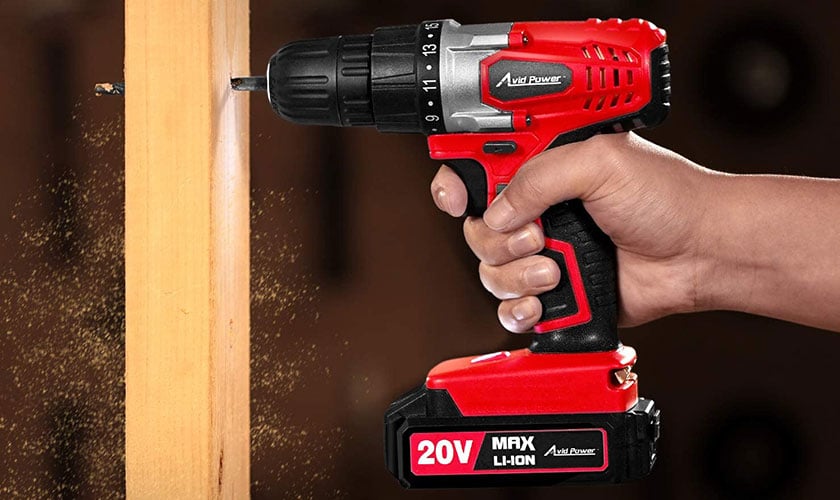
They normally use hex-shank driver bits, and while you can theoretically use specific impact-ready drill bits (standard drill bits may break due to the combination of rotation and concussive force), this isn’t what they’re designed for, and they’re not as suited to millimetre-precise jobs.

They’re traditionally much more compact than the other tools here, and since there’s no back-and-forth motion (unlike hammer and SDS drills), they’re also less hard on the wrists. Impact driver: These might look like a standard drill, but impact drivers are specifically designed to drive screws, not drill holes – they use a combination of huge spinning torque and percussive blows against the back of the driver bits to power screws into the toughest surfaces. They will struggle with tougher jobs, however, as they don’t have the powerful motors or high-torque designs of the other tools below. They’re lighter than the more powerful drills below, which makes them more manoeuvrable for awkward-to-reach jobs.

The most common type of drill, these can be used to drill holes in everything from walls to wood to masonry, and drive screws, too. Below, you’ll find a quick summary of the main types and how they differ from each other.ĭrill driver: If you want a no-frills drill you can use for a variety of tasks around the home, consider a drill driver. There are quite a few different types of drill out there, most of which look pretty similar to the untrained eye.

#BEST CORDLESS DRILL SET HOW TO#
How to choose the best cordless drill for you What type of drill should I buy?


 0 kommentar(er)
0 kommentar(er)
